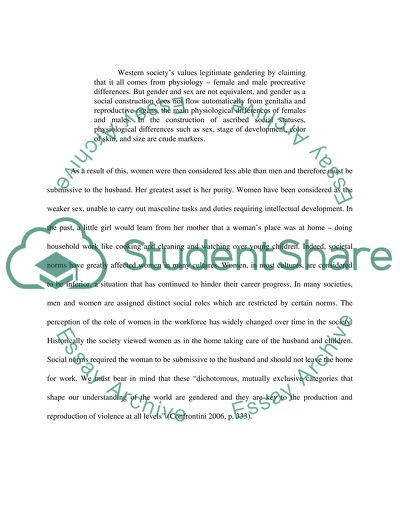Cite this document
(Female Genital Mutilation: Exploring Gender and Religion as Axes of Essay, n.d.)
Female Genital Mutilation: Exploring Gender and Religion as Axes of Essay. Retrieved from https://studentshare.org/culture/1580699-1critically-evaluate-how-gender-intersects-with-other-axes-of-difference-assess-the-implications-for-policy-with-reference-to-a-case-study
Female Genital Mutilation: Exploring Gender and Religion as Axes of Essay. Retrieved from https://studentshare.org/culture/1580699-1critically-evaluate-how-gender-intersects-with-other-axes-of-difference-assess-the-implications-for-policy-with-reference-to-a-case-study
(Female Genital Mutilation: Exploring Gender and Religion As Axes of Essay)
Female Genital Mutilation: Exploring Gender and Religion As Axes of Essay. https://studentshare.org/culture/1580699-1critically-evaluate-how-gender-intersects-with-other-axes-of-difference-assess-the-implications-for-policy-with-reference-to-a-case-study.
Female Genital Mutilation: Exploring Gender and Religion As Axes of Essay. https://studentshare.org/culture/1580699-1critically-evaluate-how-gender-intersects-with-other-axes-of-difference-assess-the-implications-for-policy-with-reference-to-a-case-study.
“Female Genital Mutilation: Exploring Gender and Religion As Axes of Essay”. https://studentshare.org/culture/1580699-1critically-evaluate-how-gender-intersects-with-other-axes-of-difference-assess-the-implications-for-policy-with-reference-to-a-case-study.


